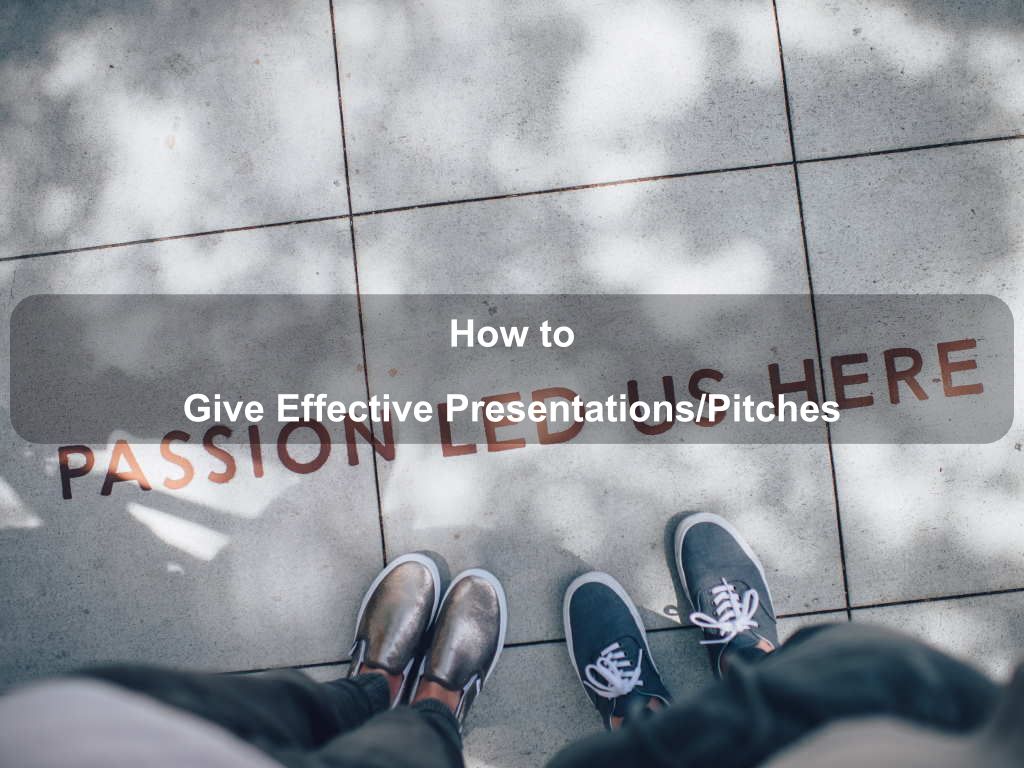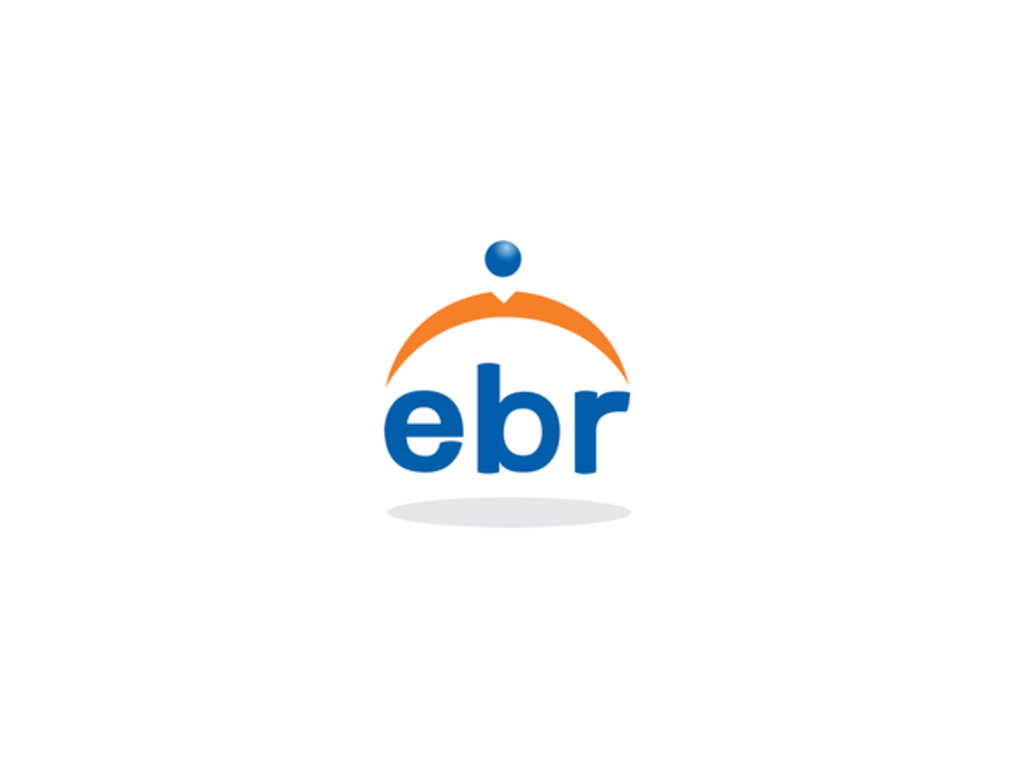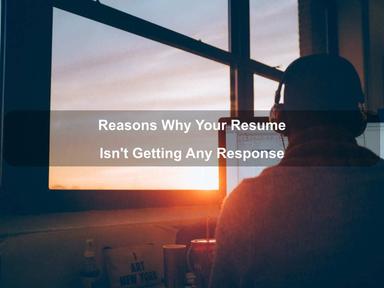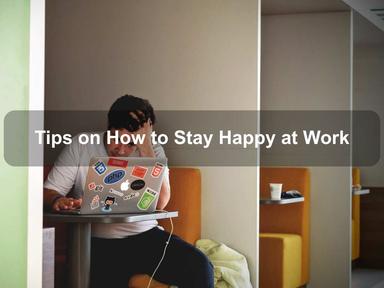published: 23 Jan 2020
3 min read | website: www.ebr.com.au
Presentation butterflies are common, as fear of being judged or making a mistake in front of many people can often cause presenters to break into a sweat. However, giving an effective presentation does not have to be difficult and pressuring. Here are a few tips on how to ensure that you give an effective presentation or pitch.
Start strongly
The beginning of your presentation is the first impression that the audience will gain, and it will often define what their opinion of your overall presentation is. If you are monotonous and dull, then they will quickly zone out. However, if you are confident, engaging them, or asking them questions, then this will help gain their interest and attention for a longer span of time.
Use the 10-20-30 rule
This rule was introduced by Guy Kawasaki, a marketing specialist who worked for Apple. The rule is:
- Your presentation should not have any more than 10 slides
- The duration of your presentation should not extend 20 minutes
- The font you use on your slides cannot be less than 30 points. This is to ensure that you do not overload your slides with too much information.
The idea of this rule is to communicate your message in the most efficient and effective way possible to make the most of the audience's short attention span. So, you should not overdo your presentation slides, but rather concentrate on your own voice to deliver the message.
Tell stories
Using stories, whether made up or personal anecdotes, can be an effective way of engaging the audience. This is particularly the case if you start off your presentation with a story. This is because it can help establish the main problem or solution you want to present, but in a creative and stimulating way.
Use your voice
The volume and speed of your voice are often associated with your character and the quality of the presentation you are giving. A loud voice connotes confidence and is commanding of the audience's attention. While a small voice often tells the audience that the speaker is not confident and may not know what they are talking about. Also, a speaker who is able to pause at the right time to emphasis a point, and speak relatively slowly so that the audience can understand every word, is far better than a presenter who speaks rapidly and does not allow their audience to digest what they are saying. Thus, to use your voice effectively, remember to speak slowly but loudly.
Remember to also use open body language
Audience engage with presenters in more than one way, they can use their ears to listen to the presenter's voice, however they also use their eyes to look at the presentation slides and at you, the presenter. Therefore, open body language is crucial to an effective presentation. Remember to stand up straight with your head held high to project an image of confidence and command. Also, remember to position yourself closer to the audience whenever possible, having the presence of the presenter closer to the audience helps hold their attention for longer. Additionally, don't forget to look welcoming and friendly, so this includes smiling, opening your arms and standing with your feet apart.

Are we missing something? Help us improve this article. Reach out to us.
















